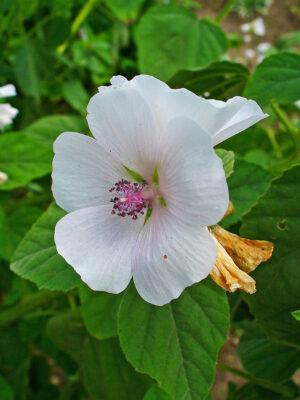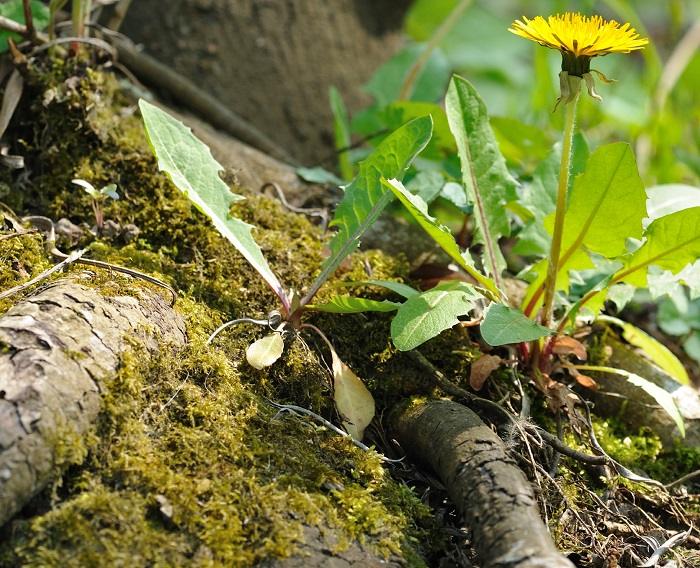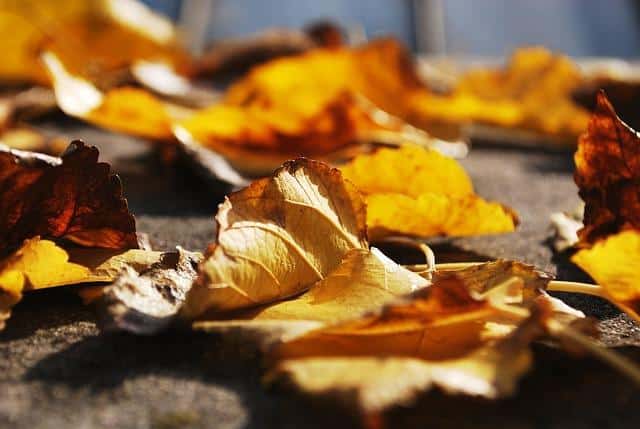Fall and spring are the best times to harvest roots and bark. In summer, plant energy is spent producing leaves, flowers and fruit. In the fall of the year, the energies concentrate on survival and protecting the plant through future winter months. Thus, energy is directed downward. Roots grow and store carbohydrates for future nourishment and survival.
Healing Characteristics of Roots and Bark
While each herbal root or bark possesses its own chemical makeup and healing attributes, most roots and bark contain compounds which work to deeply nourish and support healing. Although plant compounds are designed first and foremost to protect survival of the species, many roots and bark improve human and animal health, too. Most roots benefit the liver, skin and kidneys — the organs of detoxification which keep the entire body working optimally. Many roots are bitter, which makes them valuable for the digestive tract. Bark is often astringent. This quality is useful for relieving inflammation of joints and sore throats.
Gather Herbs Ethically
It is always important to obtain herbs ethically. Never take more than you need, and leave plenty of plants for future plant and human generations. With bark and roots, this is particularly important, as entire plant populations have disappeared due to injudicious consumption.
Use Marshmallow Root instead of Slippery Elm Bark
Slippery elm bark is an at-risk herb. It is a wonderful medicine which is sweet tasting and nutritious. Slippery elm bark relieves digestive and respiratory illness but should never be gathered from the wild, even if local stands are large. Marshmallow root makes an acceptable substitute in most cases. However, if you do choose to use slippery elm bark, only purchase organically grown cultivated bark.
Ginseng and Alternatives
Ginseng is very expensive because it is a threatened plant, and many states are cracking down on illegal ginseng gathering and they are limiting harvests. Most states require that plants be a specific age when they are harvested. In addition, harvesters must propagate future stands.

Personally, I never use wild ginseng. If you are patient and have the right growing conditions, you can grow your own. If not, then excellent quality, organically cultivated ginseng is available. In most cases, other adaptogenic herbs such as eleuthero, rhodiola and ashwagandha may be used instead of ginseng.
Use Barberry Root instead of Goldenseal
Goldenseal’s most active compound is berberine. Unfortunately, goldenseal is an at-risk plant. Barberry root is also a rich source of berberine. Use it instead of goldenseal. On the rare occasions when I do use goldenseal, I only use organically grown cultivated roots. Goldenseal may be grown in woods if you have the right conditions.
How to Gather and Use Healing Roots
It is critical that you identify your roots correctly. If you are harvesting wild roots, then mark the plants while easy-to-identify foliage, seeds or flowers are still present. If you wait until after a frost to gather roots, it will be difficult to ensure that you are gathering what you intend.
The Hidden Secrets Of Making Herbal Medicines…Right At Your Fingertips!
Choose roots of vigorous plants. In most cases, I cut and harvest approximately one-third of the root. Place the remaining root back in the ground. Water it to ensure that the root will re-grow.
In some cases, it is the root bark that is most active medicinally. An example of this is barberry root bark. To gather the bark of the root, free pieces of the root from the soil, and scrape off the bark. Be sure to replant the root.
Roots may be whole, sliced or chopped prior to drying them. Place the fresh roots on a screen in a warm, dark place for several weeks in order to allow them to dry thoroughly. A dehydrator speeds up the process. After the roots are completely dry, package them in clean jars. You may choose to make syrups or tinctures as well.
The Best Herbal Healing Roots
Dandelion root is excellent for liver and digestive health. Burdock root is nutritious. It benefits the liver, digestion and skin. Yellow dock is a good source of iron. It is also good for the liver and digestive tract.
Home grown Echinacea is terrific for immune health. Do not harvest it from the wild, as it is also at-risk for disappearing. Barberry root is a terrific aid for treating infections. It also tones the digestive tract. I find barberry especially useful for relieving respiratory ills.
Learn about and use roots which are abundant in your locale. Many are easily grown in a home medicinal herb garden. Garlic, horseradish and onions are among the most valuable herbal roots. Gather some blackberry roots to treat diarrhea.
Gathering and Using Bark
When possible, harvest bark from downed limbs. Never gird a tree or the tree will die. Carefully lift the bark away from the wood, and remove the bark without cutting into the wood. Use the instructions above for drying and preparing roots to preserve your bark. Sometimes, the inner, softer bark is desirable to gather. Inner bark usually separates easily from the outer bark.
Valuable Bark
Wild cherry bark has been used to prepare cough syrup for many years. It must be cooked prior to consumption. White oak bark, witch hazel and prickly ash bark are powerful astringents. White oak is good for diarrhea. Witch hazel has been used for centuries as a topical antiseptic that relieves itchiness. Soaking in a bath that contains a strong prickly ash tea helps to relieve joint pain.
Roots and Bark for Health
Dried bark and roots retain their healing properties for a long time. They are excellent additions to a natural home medicine chest. As the days turn cooler, and the colors of autumn burst forth, enjoy gathering and preparing roots and bark for your family.










